
Friday Night Lights: Shift 14 – Wet Whistles and Steak
Here’s how left ventricular failure mimics respiratory distress and why waveform analysis changes your treatment path.

Here’s how left ventricular failure mimics respiratory distress and why waveform analysis changes your treatment path.
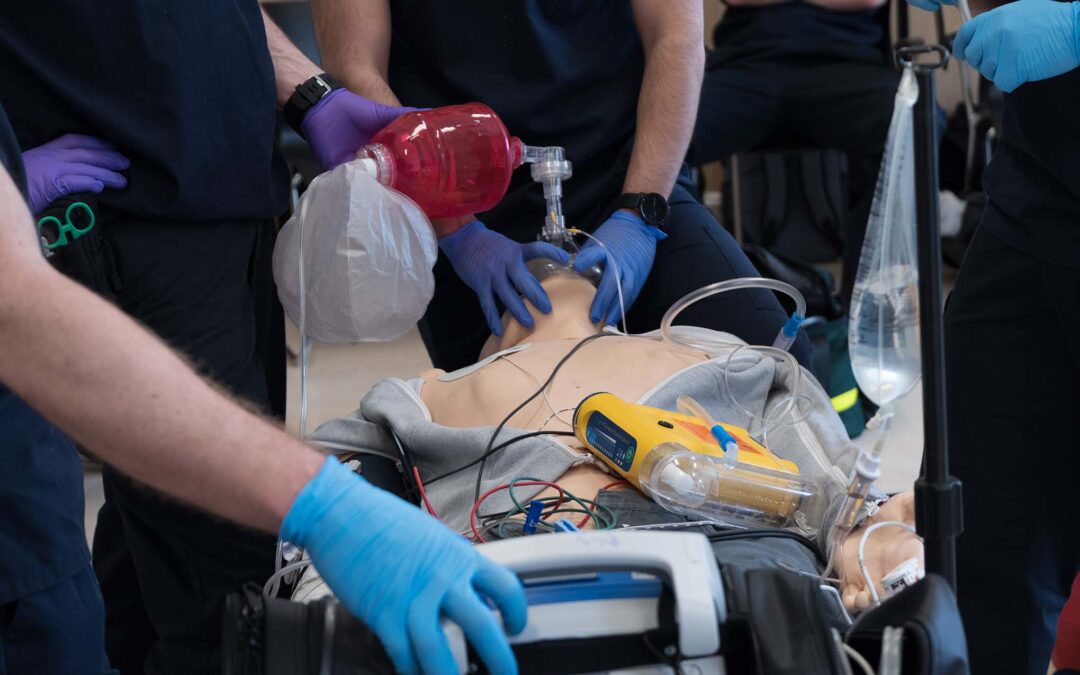
Gastric decompression and controlled ventilation improve ROSC rates by reducing intrathoracic pressure and preventing gastric distention.

A new nonopioid sedative, medetomidine, is rapidly becoming the next adulterant of concern in illicit drug supply.
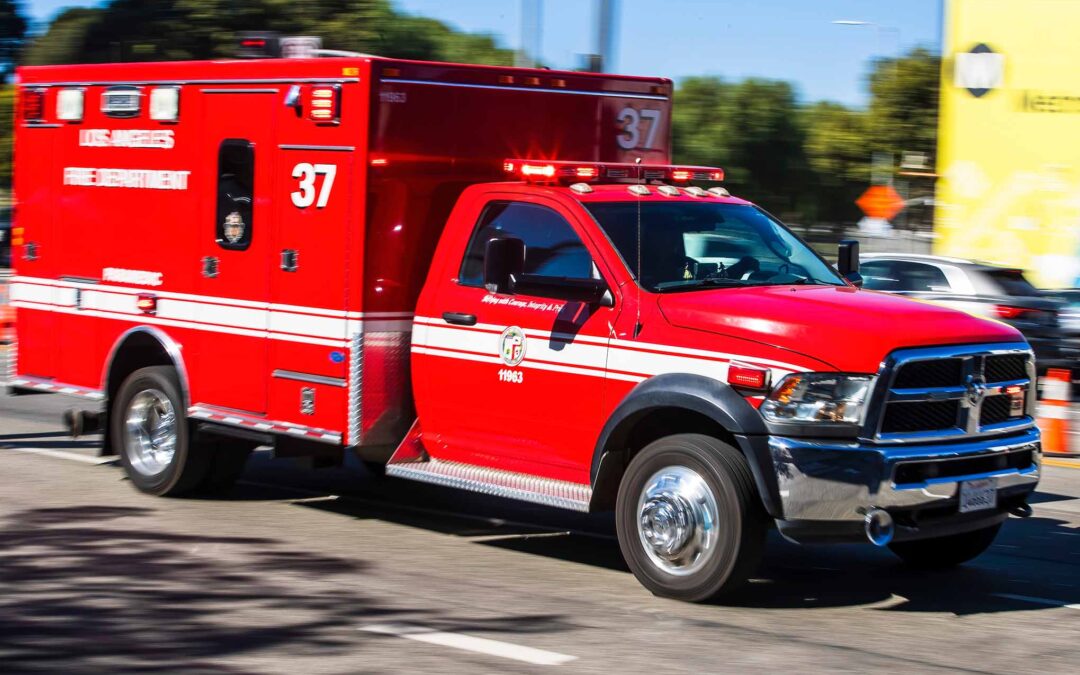
Learn how EMS providers can assess and manage respiratory distress and failure by understanding their physiological and psychological causes.
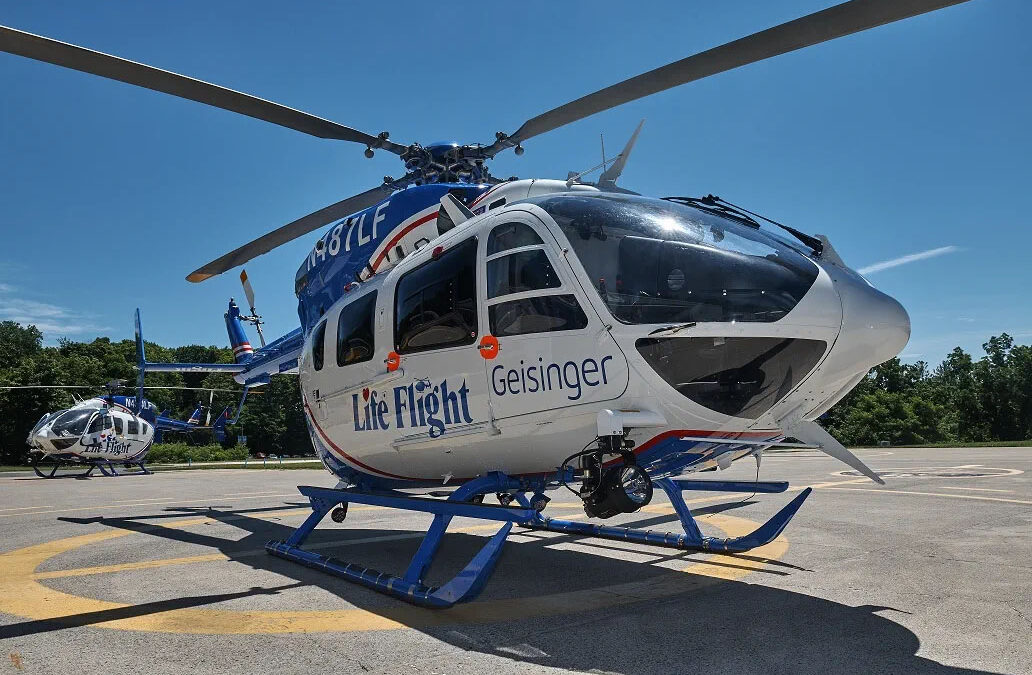
A boy reunites with the helicopter that saved his life. His mom believes the experience may inspire him to become an EMT.

Here is how capnography can help you monitor your patient and stratify your differentials.

Capnography reflects the body’s “RPMs”—respiration, perfusion and metabolism.
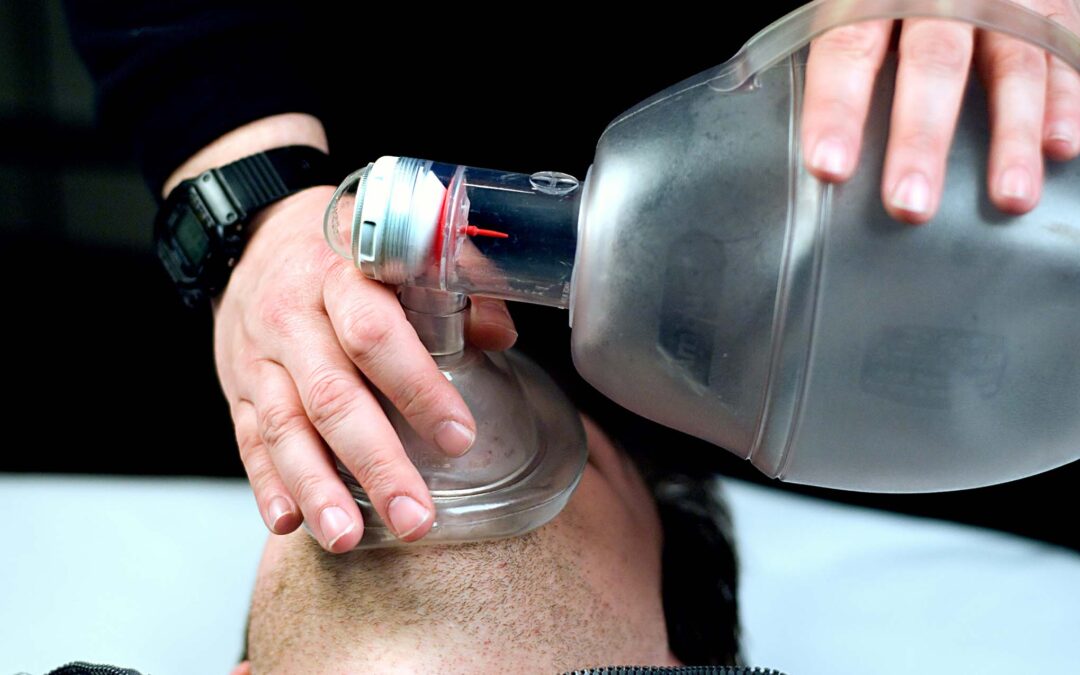
Ventilation strategies in prehospital care must balance both pathology and physiology.
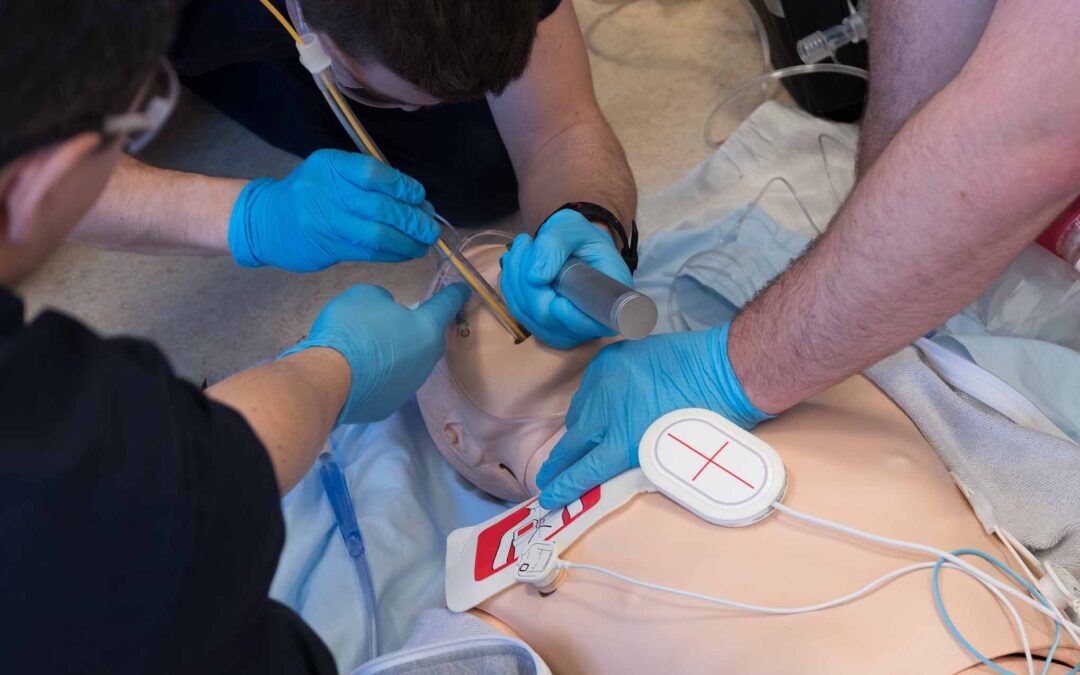
Here’s how the five W’s—who, what, when, where, and why—can guide airway management decisions in critical emergencies.
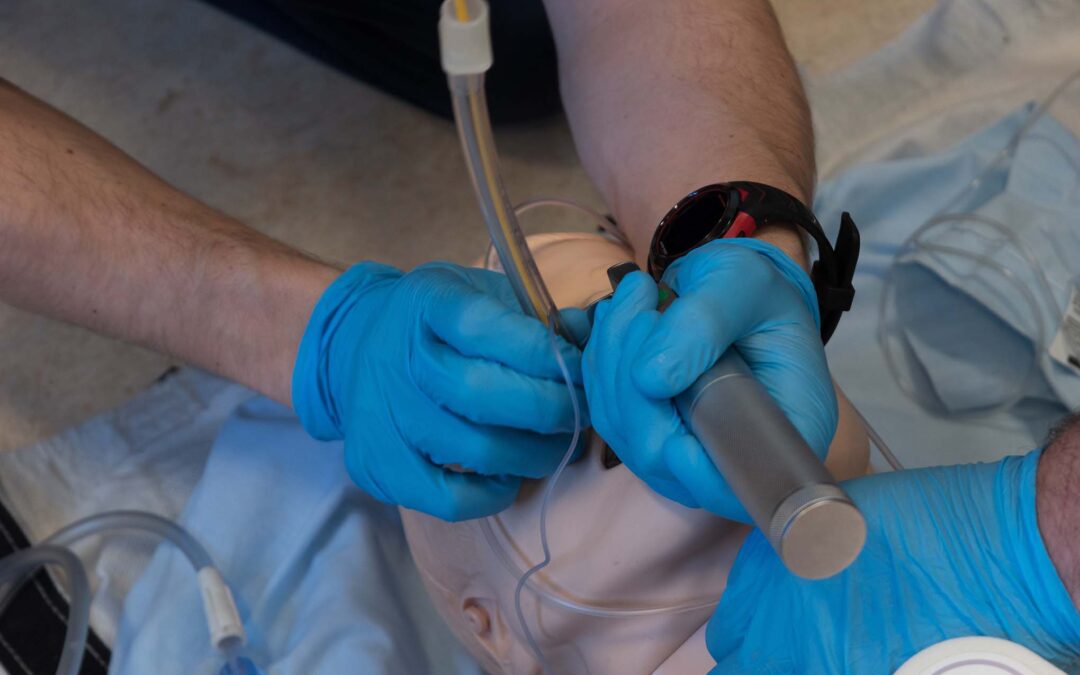
Lt. Stephen Wilcox examines the task, tactics and techniques for basic and advanced airway management.
Recent Comments